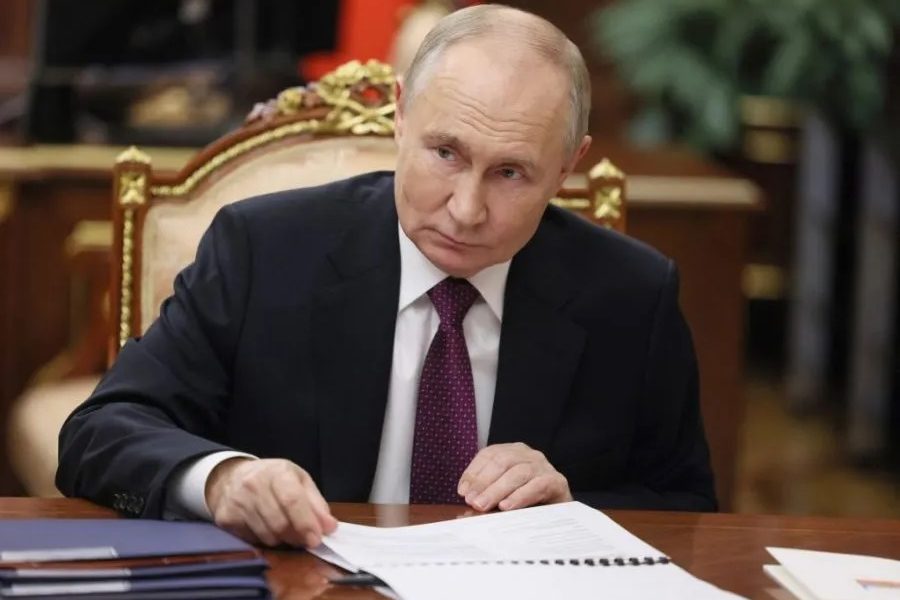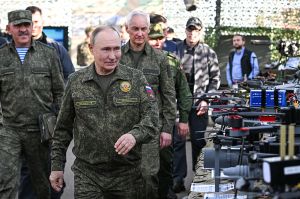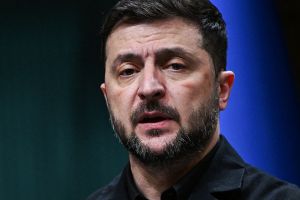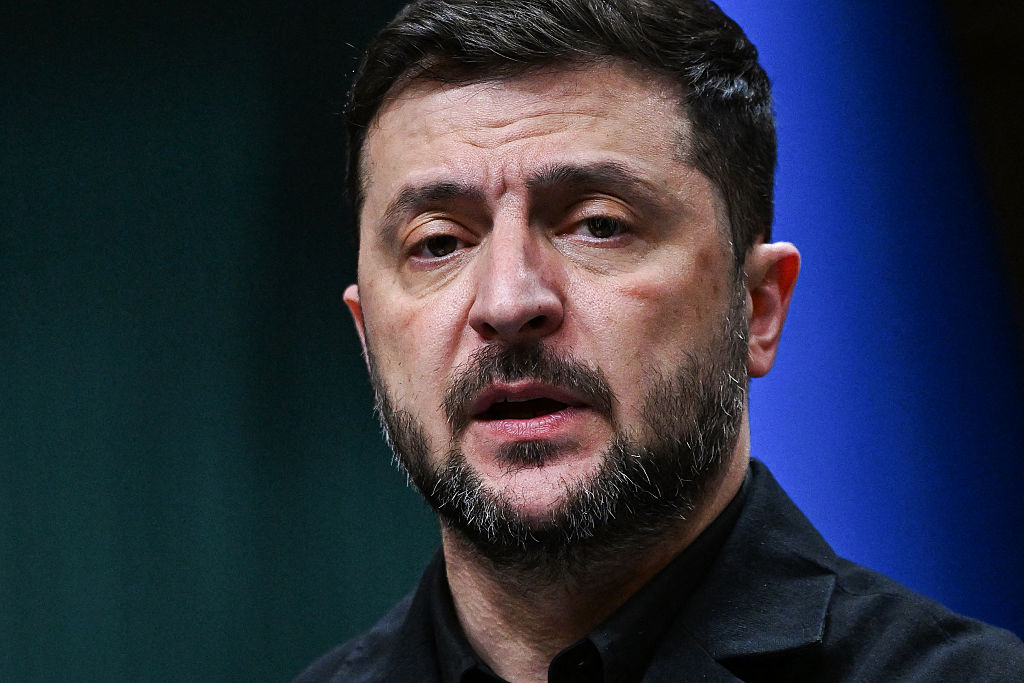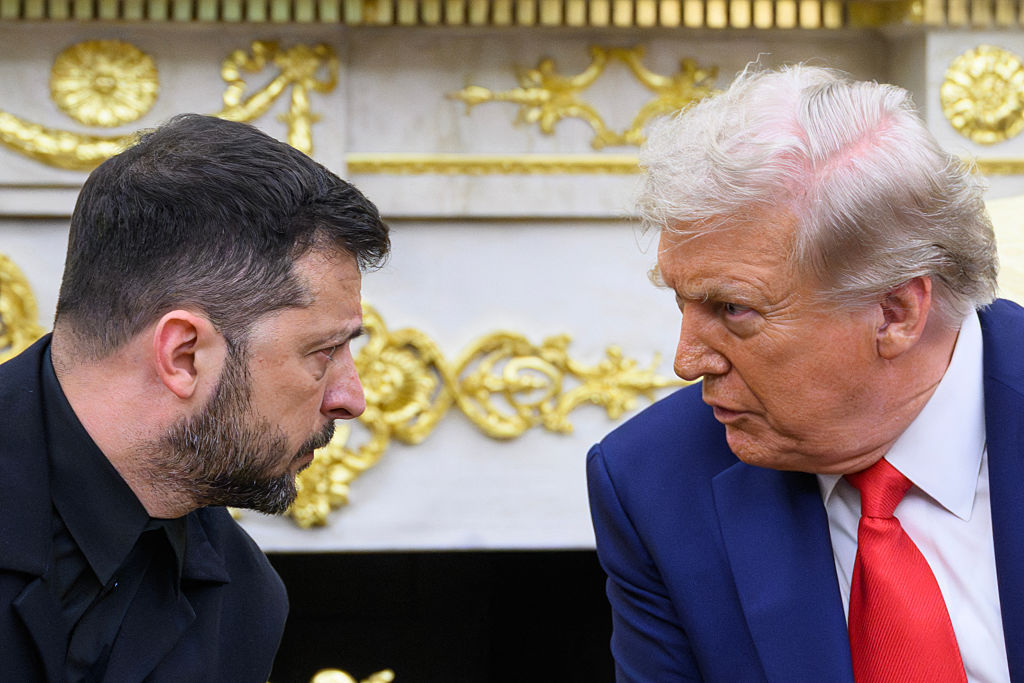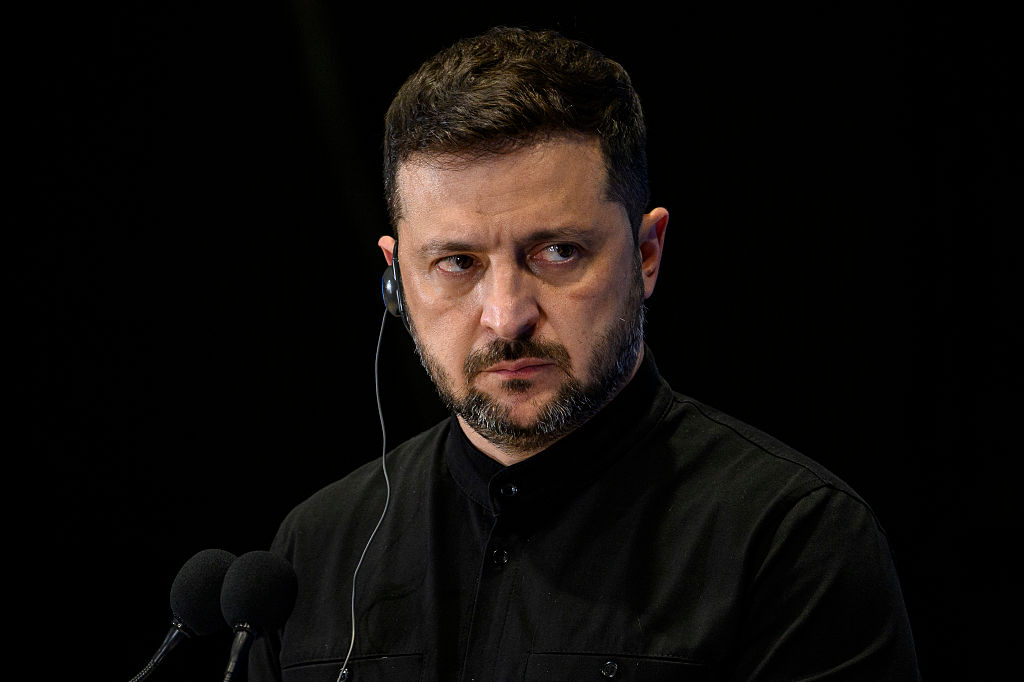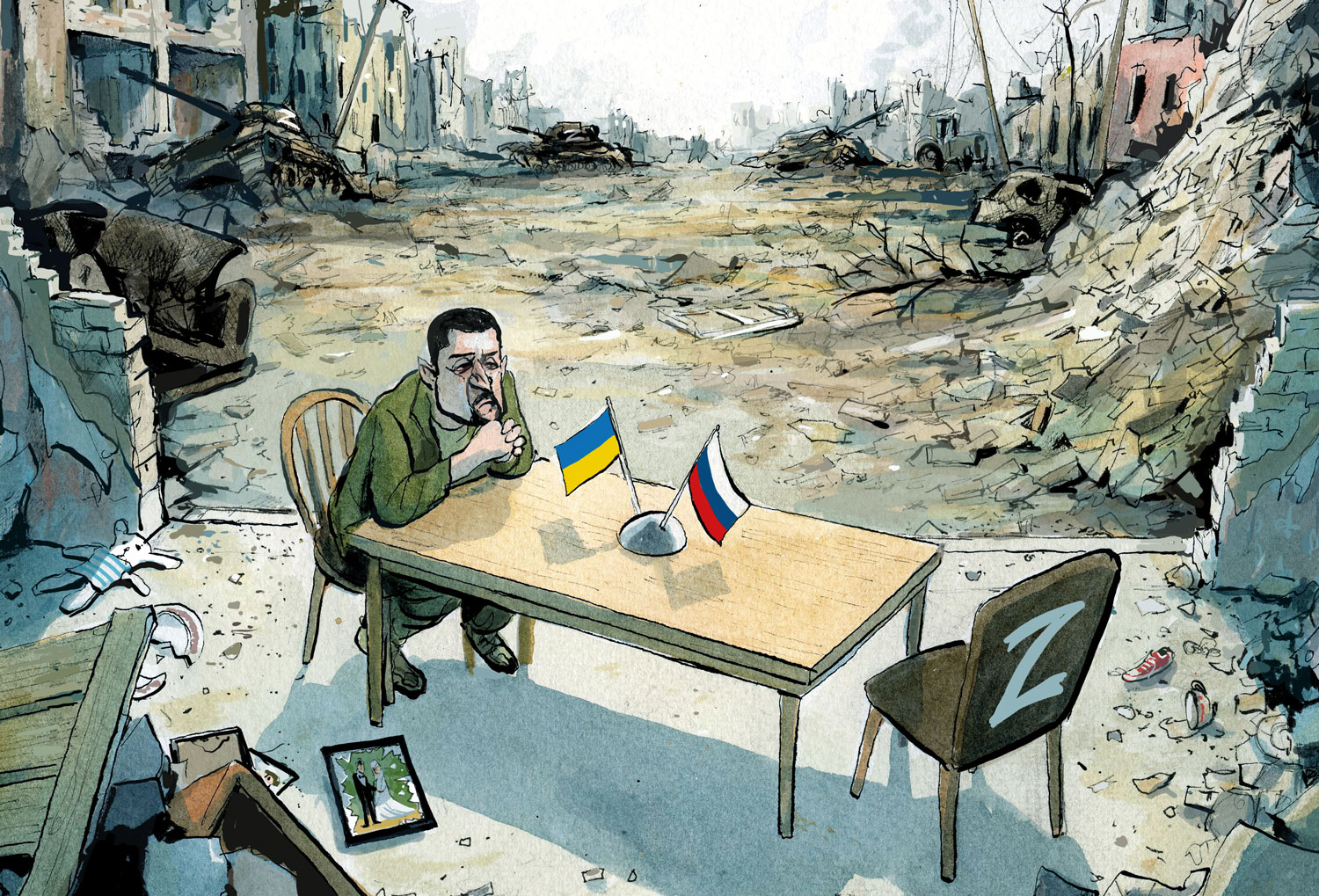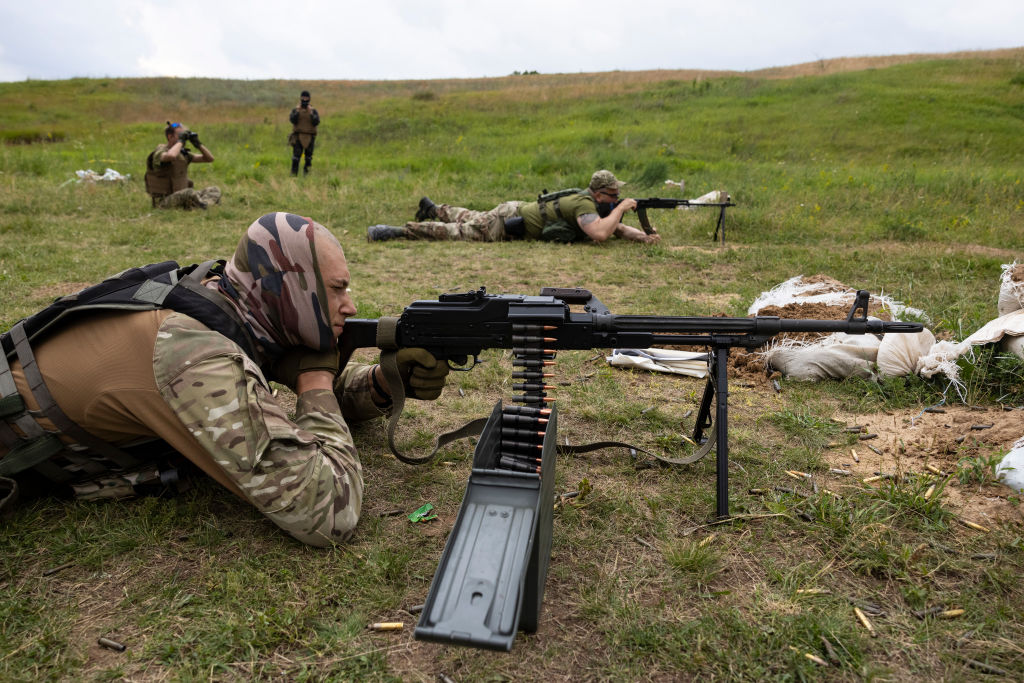The air raid sirens sounded yesterday, the American embassy in Kyiv closed, as did the Italian and Greek. The British and French embassy warned nationals to take care and encouraged staff to work remotely. The Ukrainian air force warned residents of the city to seek shelter from an incoming massive air attack. And then nothing happened.
It’s not clear which is more embarrassing. That the Russians seem to have been able to perpetrate a nerve-jangling hoax, not least by circulating messages on social media and messaging apps seeming to come from HUR, Ukrainian military intelligence. These claimed that a “particularly massive” airstrike was on the way involving more than 300 drones and also an equally imposing salvo of missiles launched simultaneously from land, air and sea. Or that at least part of the Ukrainian defense apparatus seems to have taken them at face value and amplified the hoax’s disruptive and alarming message. Indeed, the US embassy then admitted that it had acted “out of an abundance of caution” because it “had received specific information of a potential significant air attack” from the Ukrainians.
Wars are not ultimately won by Storm Shadows or ATACMS, but they are struggles of will
Of course, everyone’s nerves are on edge anyway because of President Biden’s eleventh-hour decision to unlock the use of longer-ranged ATACMS missiles against a wider range of targets inside Russia. The British have also decided to follow suit with Storm Shadow missiles. Vladimir Putin, claiming that NATO specialists and targeting data would be required for the Ukrainians to do this, had issued characteristically horrible warnings beforehand that this might be considered an act of war. Referring to a new nuclear doctrine signed into law on Tuesday, Kremlin spokesperson Dmitri Peskov went further, claiming that “the use of western non-nuclear missiles by Kyiv against Russia, under the new doctrine, could provoke a nuclear response.”
He was — not for the first time — misrepresenting the Kremlin’s position, in that the new doctrine is very similar to the old. Despite some new provisions on how Russia would respond to a major attack by an enemy that itself had no nuclear weapons but which was backed by a nuclear power (and which, one might suggest, might begin with “U” and end with “kraine”), it still only really envisages their use in case of an existential threat to the country. Some precision strikes against arms depots, like the first confirmed use of ATACMS since the lifting of restrictions, are not grounds for thermonuclear Armageddon.
This is the point, though. While so often woefully clumsy in their more conventional strategic communications, the Russians are proving themselves masterful at the dark arts of information operations. They have carefully calibrated a charm offensive in the Global South (often combined with a willingness to offer mercenaries and bribes where need be, with a refreshing absence of moralistic cant), with a menacing and performatively unhinged message to the West: Malcolm Tucker with nukes.
The thinking, after all, is that they are unlikely to make more friends in the West as they systematically blast Ukraine’s power grid before the cold of winter and rain drones onto housing estates. There are always some who will respond with Pavlovian predictability whenever Putin smirkingly hints as the possibility of nuclear first-use and call for Ukraine to be forced to accept an ugly peace in the name of de-escalation. In most Western countries, they are relatively marginal, though the Campaign for Nuclear Disarmament did obligingly castigate Biden for a “dangerous and reckless decision… that risks drawing NATO into an all-out confrontation with Russia, increasing the likelihood of catastrophic nuclear use.”
But the information operations in both Ukraine and the West are meant to keep even those hostile to Russia on edge, fearful of what seems an unpredictable and unstoppable enemy. The goal is to sap the will to resist and to leave people uncertain what is a real threat and what is not. After a few more such hoaxes, for example, will people just shrug and ignore warnings, even if there is a real air attack?
Of course, it’s more than just hoaxes. The apparently deliberate cutting of two underwater telecoms cables in the Baltic Sea, by a Chinese-flagged (but, according to some unconfirmed claims, Russian-captained) ship, may be part of an asymmetric response to the ATACMS decision. Or it may not be — but that’s the point, by creating such a threatening image of itself, Moscow becomes the sum of our fears, making every accidental fire, premature death, industrial disaster or other reversal potentially part of a sinister plot against us.
Wars, after all, are not ultimately won even by such expensively-capable systems as Storm Shadows or ATACMS, but they are struggles of will. Putin still believes that this is Russia’s secret weapon, its capacity to absorb more costs, take more risks and think more unthinkable thoughts. Yesterday, in Kyiv, the psychological warfare worked. Whether it will work as intended in the future, or whether, conversely, we will become inured to these tactics, remains to be seen.
This article was originally published on The Spectator’s UK website.



